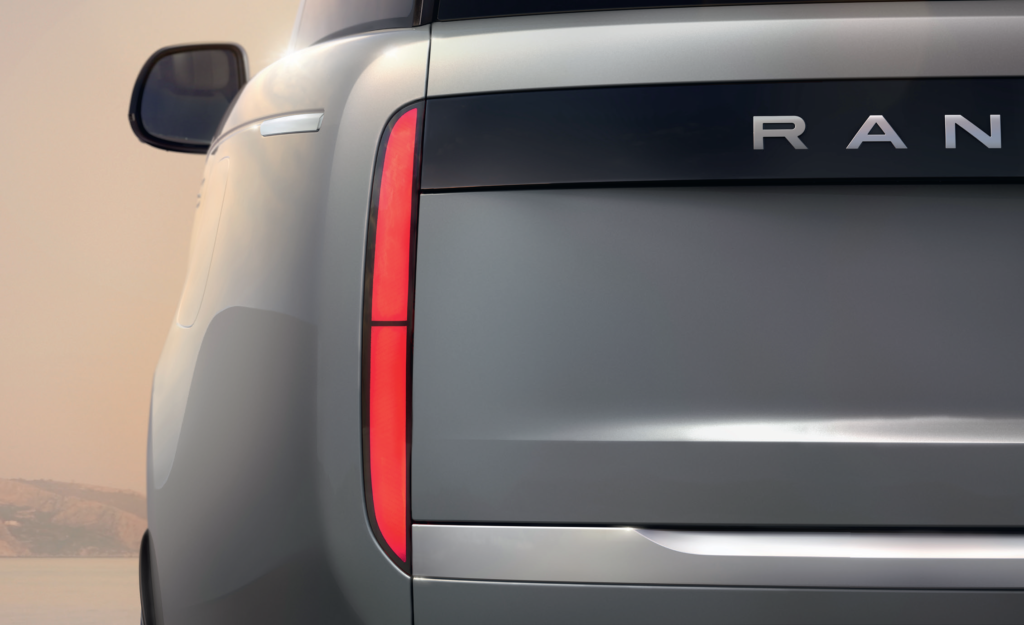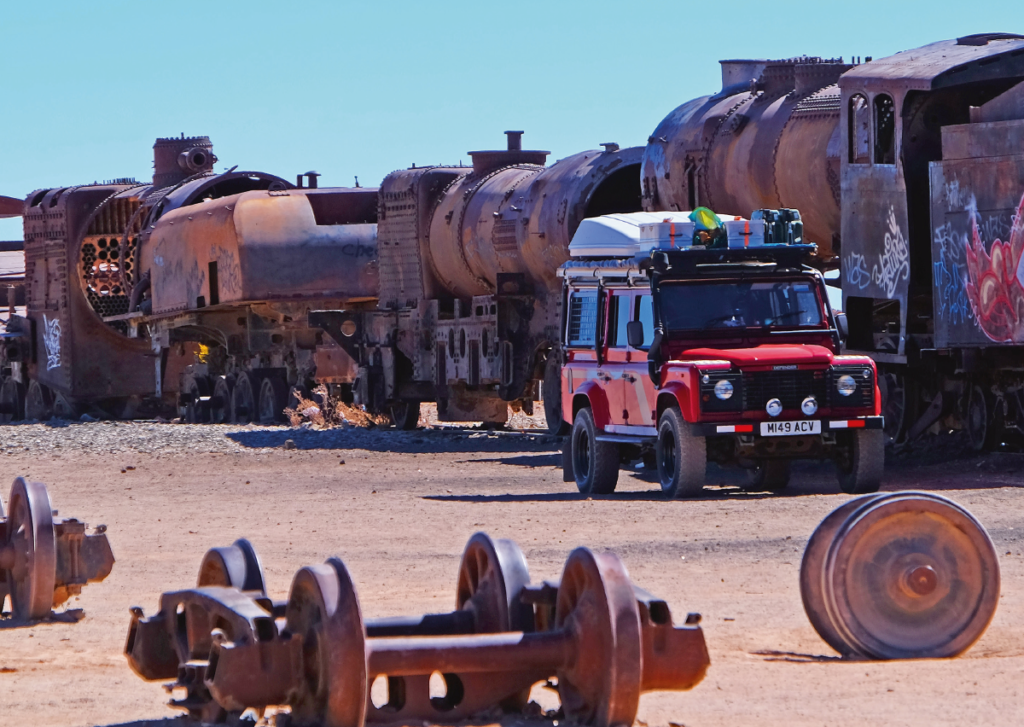JLR has opened the pre-order book for the Range Rover Electric. A fully electrified version of the current model, which was launched in traditionally powered form during 2021, the vehicle will be built in Solihull alongside existing mild and plug-in hybrid variants – a move which coincides with the opening of a new £70m underbody facility at Land Rover’s original home.
While the main focus with the electric Range Rover is to ‘amplify its modern luxury credentials,’ JLR promises that it will remain a workhorse for those who want it to be. ‘Its go-anywhere capability will ensure towing, wading and all-terrain technology surpass any other luxury electric SUV,’ to quote. Also to quote, ‘towing will substantially affect EV range,’ but at least they said it – and will 800V electric architecture, owners will be able to make the most of the fast-charging options available in the public network.
Indeed, JLR says that its customers will enjoy ‘a seamless electric ownership experience.’ This includes ‘effortless charging, energy partnerships, software over- the-air updates and intelligent technology to maximise range.’ The vehicle’s batteries and motor units will be assembled at JLR’s Electric Propulsion Manufacturing Centre in Wolverhampton. That’s the new name for the Engine Manufacturing Centre, which itself hardly seems to have been open for five minutes.


